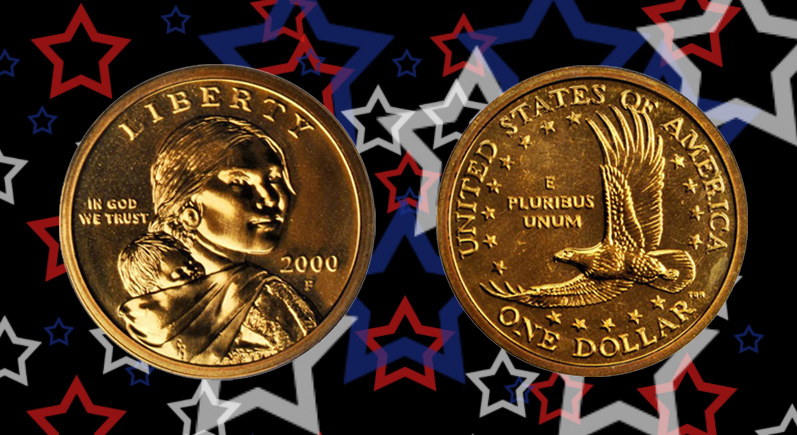
Answer: The 17 stars found on the Sacagawea dollar does seem to be unprecedented, at least up to its first year of issue in 2000. As you noted there are coins with no stars, including the 1796 quarter or 1837-1838 half dimes and dimes. The 1828 half cent has 12 stars and 1804 dimes and quarter eagles, along with 1798 half eagles, have 14 stars. Various early issues display 15 stars and many early gold coins have 16. The vast majority of U.S. coins have 13 stars, reflecting the number of states in the United States when the country was first formed.
In the early years, stars were added to coins as new states joined the Union, but when the 16-star mark was reached, it was thought that the coins looked too crowded, and as a general rule, the number reverted to 13. The designer of the Sacagawea dollar, Thomas Rogers, chose to include 17 stars on his reverse design to commemorate the number of states in the Union when the Lewis and Clark Expedition began in 1803.





